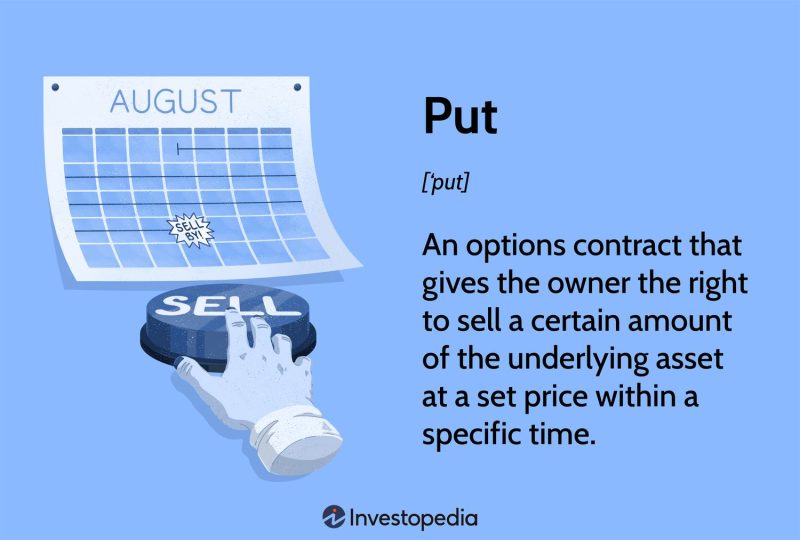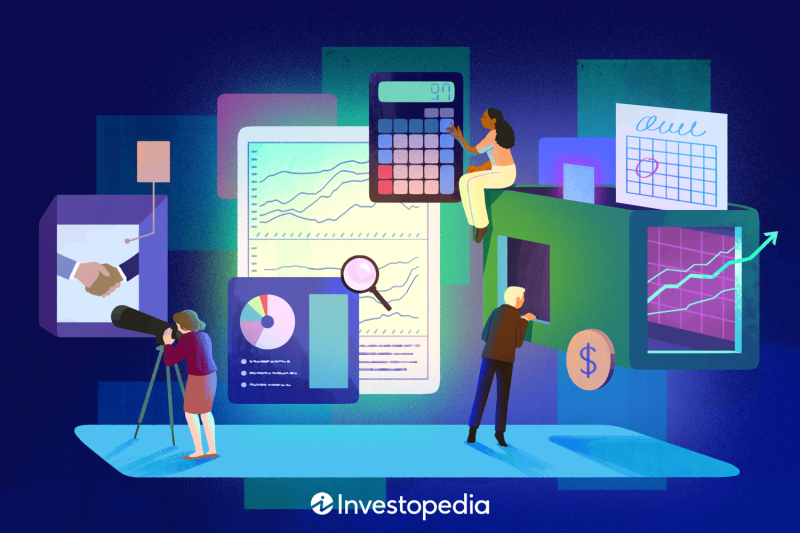How to Recover from a Big Loss, Avoiding Extra Falls
Losses are extremely common in day trading. Indeed, it is estimated that most people who start their trading careers usually lose money and exit the industry.
Losses also happen to the best traders in the world. History is full of experts who lost a fortune in the market (see Warren Buffett and Ken Griffin).
Therefore, since losses are inevitable, here are some of the top things to do to recover when these losses happen.
Related » Have You Had a Loss? Don't give up!
How to to prevent large losses
Before we get into how to recover from a huge loss, it is important to look at some of the top tips to prevent large losses in the first place. Fortunately, the stock and forex market provide numerous ways to reduce risks in the market.
First, always do a risk/reward analysis and use a stop-loss and a take-profit. A stop-loss is a tool that automatically stops a trade when it moves to your maximum loss area.
For example, if you place a buy trade at $20, you could set a stop-loss at $17. In this case, what will happen is that your trade will be stopped once it moves to $17.
Alternatively, you can place a trailing stop-loss, which moves with the trade. The benefit of a trailing stop is that it captures profits in case there is a major pullback.
Related » Best Stop Placement Strategies
Second, you should always have a take-profit, which is the opposite of the stop-loss. The tool stops the trade automatically when it reaches your target.
Further, as a day trader, you should try your best to avoid a situation where you have trades open overnight.
This is risky because you don’t have any control when you are asleep. Also, it is common for stocks to have up and down gaps when the market opens.
Related » How Overnight Action Can Gauge Market Sentiment
1. Take responsibility
The first thing that you need to do after a big loss is to take responsibility of the situation. In this case, you should work to identify the reason why you made the loss in the first place. There are many things that can contribute to this situation.
Unexpected events
First, a loss can happen because of an unexpected event in the market. For example, in early 2020, no one was prepared for Covid-19. Similarly, in early 2022, it was almost impossible to predict whether Russia will invade Ukraine and the implication of the invasion.
Although these events are not predictable, it is your duty to have risk management tools and strategies active at all times. They may not prevent you from losing, but at least they help you greatly mitigate their effects.
Wrong thesis
Second, a big loss can happen when your thesis goes wrong. For example, you could predict that a stock will rise after the VWAP crosses it only for it to reverse. Similarly, you can place a buy trade when a stock does a double-bottom pattern only for the trade to reverse.
Further, the loss could happen when economic data or financial result comes out against expectation. For example, maybe you placed a trade hoping that a company’s earnings will be positive. In this case, the opposite could happen.
Also, the loss could have been magnified by the use of excessive leverage. By conducting this review, you will be able to identify the source of the loss and then know how to rectify it in the future.
2. Rebuild confidence
In most cases, traders tend to be overwhelmed emotionally after a big loss in the market. In such periods, they can then make bad decisions such as revenge trading and over trading in a bid to recoup your losses.
Such things could lead to substantial losses in the market. You can also start exiting your trades too early and leaving money on the table.
Therefore, what you need to do is to rebuild your confidence. There are a number of ways to do this. For example, you can rebuild your confidence by using a demo account to test your trading strategy.
A demo account is a simulator that lets you trade using virtual cash. As such, you should spend a lot of your time testing the strategy and even creating new ones.
3. Reset your trading goals
The next strategy of moving on after a big loss is to reset your trading expectations. Since you are now rebuilding your account, we recommend that you reset your trading goals (even the daily ones) as you move to rebuild your trading career.
There are several things that you could do in this case. First, if your goal was to generate double-digit returns per month, you should reduce these expectations since you will be starting small.
Second, you should start by reducing the sizes of your trades. For example, if your trading strategy involves buying $200 shares per trade, you can reduce the amount to $100.
4. Use copy-trading
Finally, if you believe that you are not ready psychologically, another thing that you can do is to focus on copy-trading. This is a trading strategy that involves mirroring trades of other experienced traders. As such, their trades will be reflected in your account.
A good way to approach this is to identify two or three accounts to copy. The benefit of copying a few of them is that it will help you to diversify your account.
Another benefit is that it makes it possible for you to use other people’s experience to make money in the market.
Summary
Moving on after a big loss is not easy. Anyone who has been in that situation will tell you how difficult the situation is. Some people even get depressed when it happens.
Therefore, the recovery process can take some time. Using some of these tips will help you avoid making big mistakes as you rebuild your career.
External useful resources
How can you emotionally recover from major losses in the stock market? - Quora


